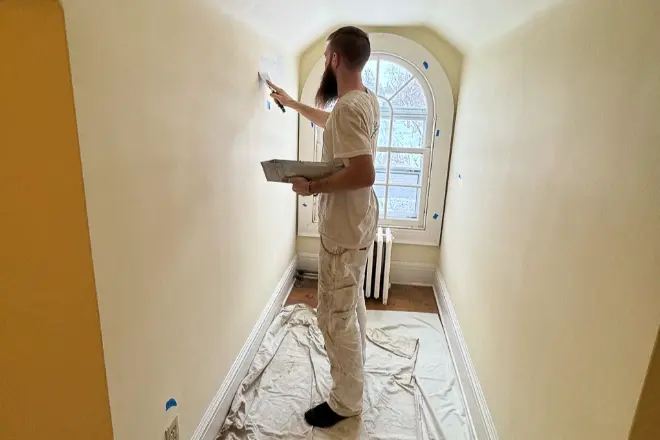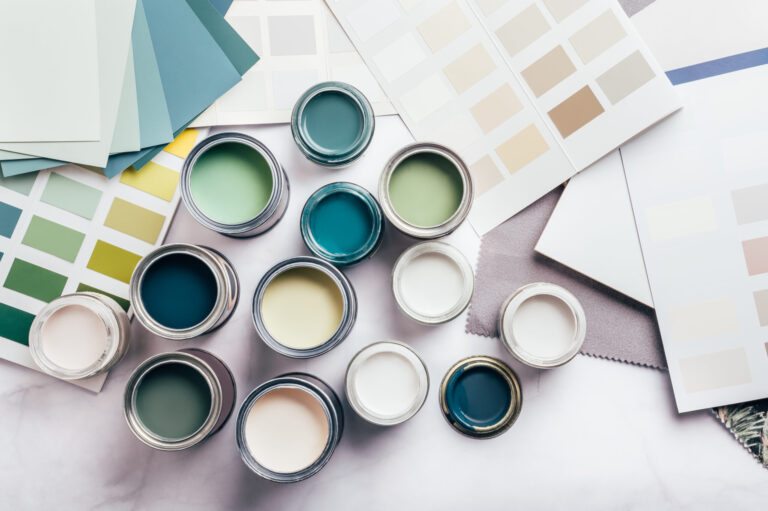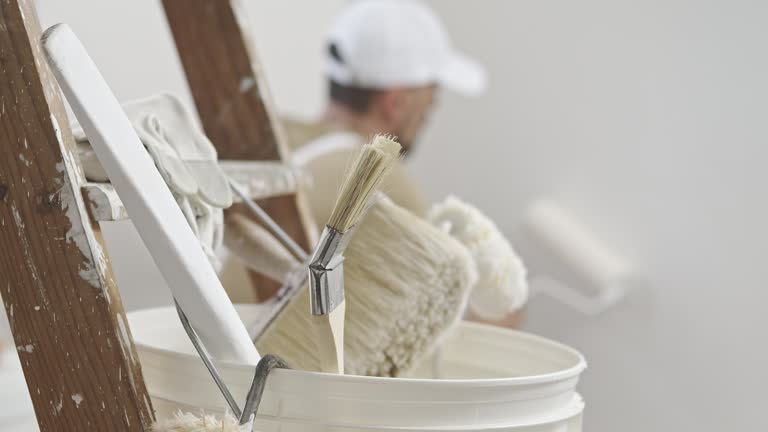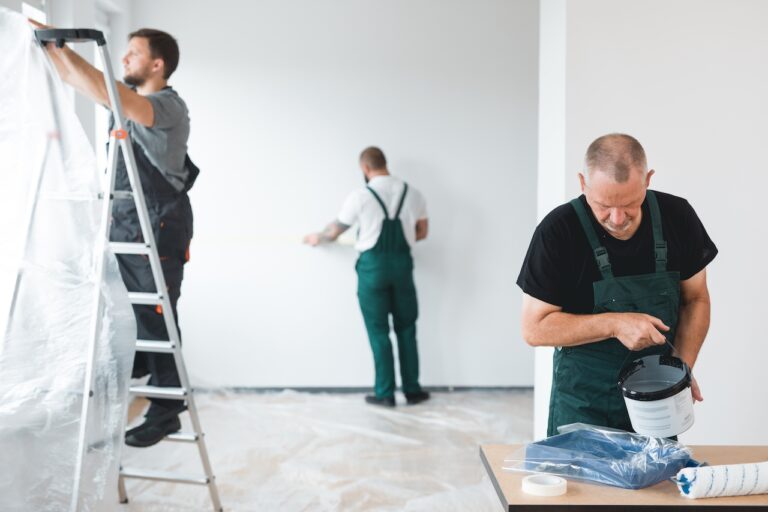How to Select Colors for a Bedroom: Expert Tips, Ideas, and Color Schemes
Every successful DIY project begins with the right tools. Whether you’re repainting a room, building a shelf, or tackling a home renovation, having reliable equipment is the difference between frustration and flawless results. For painting and carpentry enthusiasts, the right tools not only save time but also ensure precision, safety, and professional-quality outcomes. This article explores the 10 essential tools every homeowner or DIYer should own, curated to streamline projects and elevate your craftsmanship. From foundational must-haves to specialized gear, we’ll break down what you need, why it matters, and how to use it effectively. Let’s empower your next project with knowledge that turns ambition into achievement.
Measuring and Marking: The Foundation of Precision
Accurate measurements are the backbone of carpentry and painting. Start with a 25-foot tape measure for versatility in large and small projects. Pair it with a combination square to verify right angles on cuts or mark consistent lines for painting edges. A laser level eliminates guesswork when hanging shelves or aligning wallpaper, while a chalk line swiftly marks long, straight guidelines for cuts or tile layouts. Pro tip: Use painter’s tape to protect surfaces and create crisp lines for cutting in walls.
Cutting and Shaping Tools: Power and Control
A utility knife with replaceable blades is indispensable for scoring drywall, opening paint cans, or trimming materials. For woodworking, invest in a circular saw for straight cuts and a jigsaw for curves. A miter saw ensures precise angled cuts for trim or framing. Don’t overlook hand tools: a sharp chisel fine-tunes joints, while a block plane smooths rough edges. Always keep blades sharp—dull tools require more force and increase accident risks.
Fastening and Assembly: Building Stability
A cordless drill/driver is a game-changer for drilling holes and driving screws. Opt for a lithium-ion model with adjustable torque. Stock your toolbox with a variety of screwdrivers (Phillips, flathead, and Torx) and a claw hammer for nails. For heavy-duty projects, a nail gun paired with an air compressor saves time on framing or molding. Use bar clamps or quick-grip clamps to hold materials securely during glue-ups or repairs.
Painting Essentials: Achieving a Flawless Finish
Quality brushes and rollers make all the difference. Choose angled sash brushes (1.5–2.5 inches) for cutting in edges and a 9-inch roller frame with medium-nap covers for walls. A paint edger helps avoid streaks near ceilings. Protect floors with canvas drop cloths (they’re reusable and slip-resistant). For spray projects, a HVLP sprayer delivers smooth, even coats on cabinets or furniture. Always strain paint through a mesh filter to remove debris for a professional finish.
Safety Gear: Non-Negotiable Protection
Safety is paramount. Wear ANSI-rated safety goggles when cutting or sanding, and use a NIOSH-approved respirator for fumes or dust. Heavy-duty work gloves protect hands during demolition, while ear protection is essential for prolonged power tool use. Keep a fire extinguisher and first-aid kit accessible in your workspace. Remember: Rushing or skipping safety steps often leads to preventable injuries.
Equipping yourself with these 10 essential tools transforms DIY projects from daunting to doable. Start with the basics—a tape measure, drill, utility knife, and quality brush—then expand your collection as skills grow. Prioritize ergonomic, durable tools that feel comfortable in your hands, and maintain them regularly. Most importantly, pair your tools with patience and planning. Whether you’re refreshing a room or building a deck, the right gear ensures every stroke, cut, and screw drives you closer to mastery. Remember: Great results aren’t about having every gadget—they’re about using the right tools with confidence.







